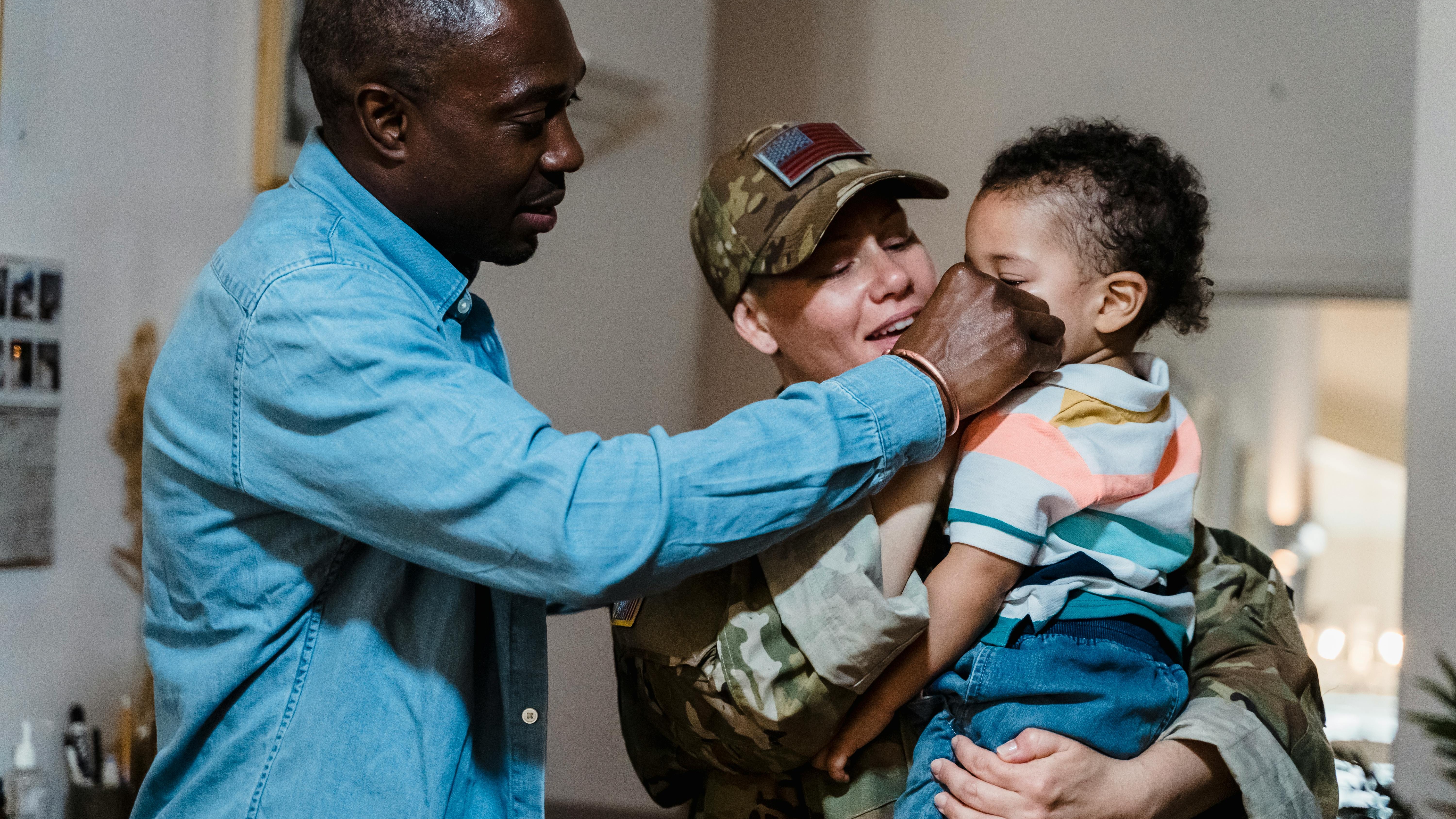
Understanding Army Directive 2025-18: A New Era of Military Standards
The recent discussions surrounding Army Directive 2025-18 reflect a significant shift in the cultural landscape of military life. Sergeant Major Urzua and Sergeant Major Brady, in conversations with Sergeant Major of the Army, Michael Weimer, highlight not just the essential components of the directive, but its broader implications for leadership and professionalism within the U.S. Army.
The Directive’s Intent: More Than Just Grooming Standards
Army Directive 2025-18 is not simply about appearance; it embodies the Army’s values and reflects a commitment to excellence. The directive establishes clear standards for grooming and body composition while empowering commanders and non-commissioned officers (NCOs) to uphold these standards. The discussion sheds light on the direct correlation between a soldier’s appearance and the perception of discipline and professionalism. As SMA Weimer articulated, maintaining these standards enhances trust among both peers and superiors, fostering a cohesive unit ready for any challenge.
Why Appearance Matters: The Intersection of Discipline and Professionalism
As members of a disciplined service, the Army believes that personal appearance is a reflection of respect for oneself and the organization. The directive posits that a soldier's grooming and physical preparedness are critical components that feed into the larger set of values the military seeks to reinforce in its ranks. The act of maintaining physical standards should be regarded as a demonstration of commitment—not just to individual health, but to the mission and to fellow soldiers.
Empowering Leaders: The Role of Commanders and NCOs
Under the new directive, leaders are not merely expected to represent the standards themselves but to actively enforce them throughout their units, thereby instilling a culture of accountability. This empowerment allows for greater autonomy in leadership, where commanders and NCOs can effectively communicate expectations and evaluate adherence among soldiers. Such a model encourages a proactive approach to discipline and helps maintain a high standard of readiness, which ultimately affects operational success.
Implementation Timeline: A Gradual Transition
Operationalizing the Army Directive 2025-18 will take time, as leaders are asked to implement these changes thoughtfully. Soldiers at all levels need to understand these new standards, not only through policies but also via conversations and demonstrations. Therefore, a timeline for adherence has been set to ensure a smooth transition while also allowing time for necessary adjustments and support for the soldiers.
Broader Leadership Insights: Trust, Professionalism, and Readiness
The insights shared by SMA Weimer echoed broader themes of leadership wherein trust, professionalism, and readiness stand as pillars of military culture. As the military continues to evolve, fostering these attributes through adherence to directives like 2025-18 signals a commitment to discipline that reinforces not only operational effectiveness but comfort and unity among soldiers. In fostering this culture, the military prepares itself for future challenges, ensuring that the Army remains a formidable force.
The Cultural Implications of Standards: A Deeper Look
Beyond compliance, the directive speaks to the collective identity of military members. In taking ownership of their physical presentation and behavior, soldiers embody the values they are sworn to protect. This cultural shift not only fuels morale but also affects how service members interact with the civilian populace. Military leaders are now more than just figures of authority; they are standard-bearers and influencers of military pride and ethics.
Soldiers and their families are encouraged to engage with the essence of Army Directive 2025-18. As discussions unfold within families and communities about personal conduct and military service, it is essential to recognize that these adjustments come with the overarching aim of ensuring a strong, unified, and exemplary Army.
By understanding and embracing these changes, service members not only reflect the ideals of their commitment but also set the stage for the next generation of leaders. The directive is much more than a set of rules; it is a call to action for enhanced leadership and a reaffirmation of the discipline that defines the Army.
 Add Row
Add Row  Add
Add 




Write A Comment